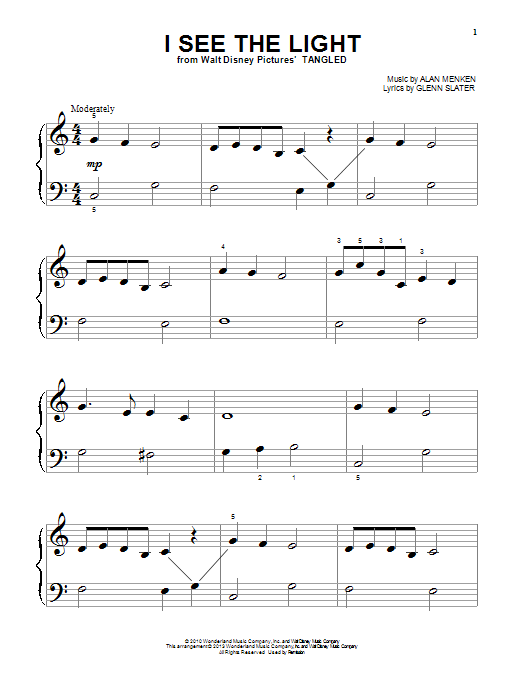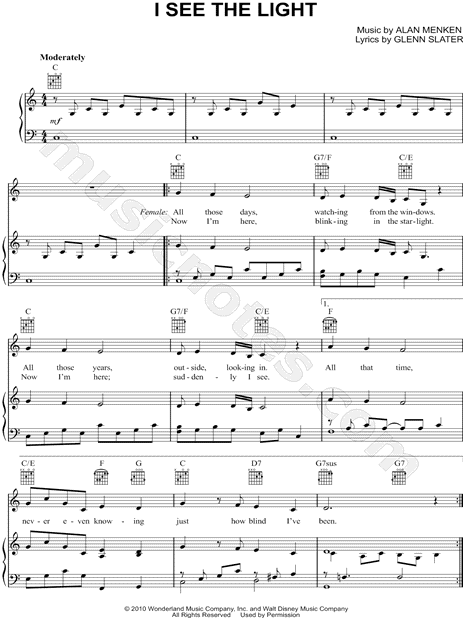
The first cassette player (although mono) designed for use in car dashboards was introduced in 1968. Its uses ranged from portable audio to home recording to data storage for early microcomputers. The compact cassette technology was originally designed for dictation machines, but improvements in fidelity led the Compact Cassette to supplant the stereo 8-track cartridge and reel-to-reel tape recording in most non-professional applications.


Both forms have two sides and are reversible by the user. Compact Cassettes come in two forms, either already containing content as a prerecorded cassette (Musicassette), or as a fully recordable "blank" cassette.

It was developed by the Dutch company Philips in Hasselt, Belgium, by Lou Ottens and his team. The Compact Cassette or Musicassette ( MC), also commonly called the tape cassette, cassette tape, audio cassette, or simply tape or cassette, is an analog magnetic tape recording format for audio recording and playback. Most commonly 30, 45 and 60 minutes per side (C60, C90, and C120)


 0 kommentar(er)
0 kommentar(er)
